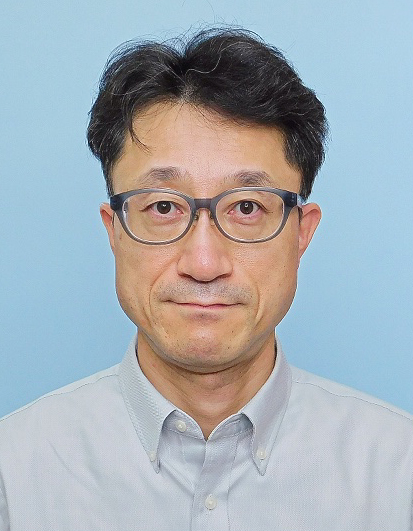Dean’s Message
Dean’s Message
Dean of the Graduate School of Veterinary Science and the School of Veterinary Medicine
YAMAGISHI Norio

Protecting Life, Cultivating the Future:
Veterinary Medicine Contributing to the Health of Cities and the Planet, from Osaka to the World.
Welcome to the Graduate School of Veterinary Science and the School of Veterinary Medicine at Osaka Metropolitan University!
When you hear the term "veterinary medicine," many of you might think of animal doctors. Of course, animal healthcare is a crucial pillar of veterinary medicine. However, the veterinary medicine we aim for at our graduate school extends far beyond that. It is a broad and profound field of study dedicated to protecting all life on Earth and fostering a sustainable future.
In Osaka, a city with vibrant global exchange, human health and well-being are deeply intertwined with veterinary medicine. Monitoring and preventing harm from pathogenic microorganisms and chemical substances, and ensuring food safety are indispensable for safeguarding people's lives. Furthermore, the coexistence of animals and humans leads to the improvement of health and welfare for both. We consider the veterinary medicine required by this international city as "urban veterinary medicine" and aim to become a hub of knowledge in this field.
Furthermore, we emphasize "One Health" – the concept that the health of humans, animals, and the environment are all closely connected. We are tackling pressing issues such as elucidating the mechanisms of zoonotic diseases and preventing the spread of antimicrobial-resistant bacteria from a multidisciplinary perspective.
We are also incorporating a new perspective called "Zoobiquity," which applies the biological characteristics of animals to understand human health and disease. Based on unique insights gained from animal behavior and physiological functions, we are developing original research, such as aiming to create innovative technologies that contribute to solving diseases and health challenges in humans and other animal species.
Based on these cutting-edge research initiatives, our graduate school and school of veterinary medicine are promoting educational reforms. We are actively incorporating perspectives such as One Health and urban veterinary medicine, which are in demand in modern society, into our curriculum. We aim to cultivate students' ability to deeply consider the health of animals and humans from diverse viewpoints. Our experienced faculty members, gathered from both domestic and international institutions, provide thorough guidance in specialized knowledge and practical skills, catering to the individuality and learning needs of each student.
The Graduate School of Veterinary Science and the School of Veterinary Medicine at Osaka Metropolitan University are fully committed to supporting students in their growth into veterinarians and researchers who can truly contribute to the health and welfare of both people and animals through innovative educational programs and practical clinical experience. With the latest knowledge and passion for veterinary medicine, we warmly welcome all those who aspire to contribute to local and international communities.
To all of you who have a passion for veterinary medicine and aspire to a future in animal healthcare, let us work together to protect life on Earth and explore new possibilities for supporting the health, well-being, and future of both people and animals. We eagerly await your challenge.
Dean of the Graduate School of Veterinary Science and the School of Veterinary Medicine,
Osaka Metropolitan University
Norio Yamagishi, D.V.M., Ph.D.